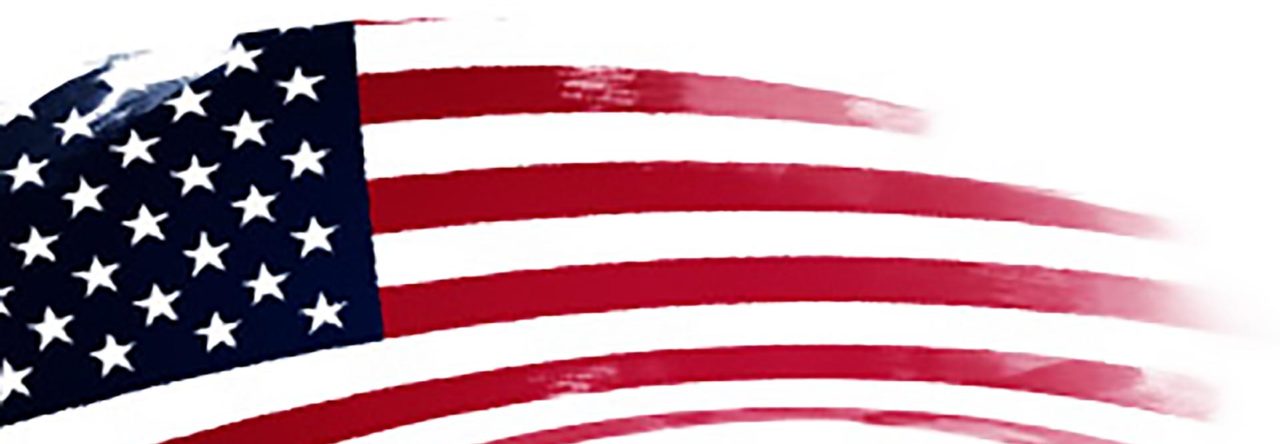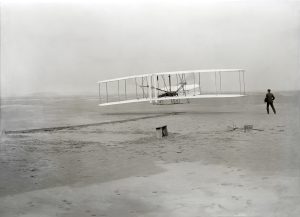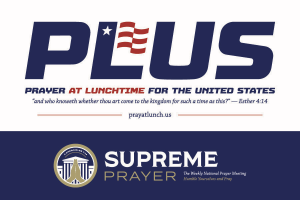I Samuel 14:6 “And Jonathan said to the young man that bare his armour, Come, and let us go over unto the garrison of these uncircumcised; it may be that the LORD will work for us: for there is no restraint to the LORD to save by many or by few.”
I Samuel 17:40 “And he took his staff in his hand, and chose him five smooth stones out of the brook, and put them in a shepherd’s bag which he had, even in a scrip; and his sling was in his hand: and he drew near to the Philistine.”
Judges 7:7 “And the LORD said unto Gideon, By the three hundred men that lapped will I save you, and deliver the Midianites into thine hand: and let all the other people go every man unto his own place.”
John 6:9 “There is a lad here, which hath five barley loaves, and two small fishes: but what are they among so many?”
Samuel Langley was the third secretary of the Smithsonian Institution, a position largely considered as our nation’s chief scientist at the time. As it is today, the Smithsonian is a massive organization bankrolled by the U.S. Government. Langley, using the institutional resources at his disposal, was committed to winning the race to successfully create and operate the first heavier-than-air machine in powered flight, fully expecting to fly the first airplane in human history. He was right to think he would do so because his only apparent competition was a couple of newspaper printers turned bicycle tinkers from Dayton, Ohio known as the Wright Brothers.
While Langley was arrogantly spending money by leaping into the air and testing his concepts, the duo from Dayton were carefully and miserly considering various concepts for success as they marched through innovative concepts that would inform every component of powered flight.
The Wright Brothers were a savvy duo without deep pockets. Committed to their cause, they went about systematically considering the challenges set before them. They watched and studied birds, flew kites and gliders, and carefully explored creative concepts, such as wing warping, propeller design, airfoil optimization, and control system configuration. They even created a wind tunnel to methodically test and evaluate their novel ideas, filling volumes of notebooks with their findings.
In the end, Samuel Langley nearly died by throwing himself and his resources into his failed attempts at flight. On the other hand, the Wright Brothers succeeded in conducting four flights on a gusty day in Kittyhawk, North Carolina on December 17, 1903. In his failed pursuits, Langley was bankrolled with over $70,000 in investments (about two million dollars in today’s dollars), while the Wright Brothers only spent $1,000 (about $28,000 in today’s dollars).
The investment of Orville and Wilbur was less than two percent of that of Langley, yet it yielded a massive return. It also demonstrated an important example that the biggest budget does not always yield the best results. Even with their limited resources, they soared above the competition.
God’s economy is far different than our economy. He can work through even the least likely among us, and yield the biggest results from the most measly investments. Just because we are outnumbered, outspent, outgunned, and outmaneuvered in the ways of the world does not mean that God has yielded to the forces of evil. In fact, just the opposite. It is when things seem least likely from a human perspective that God’s power shines through the darkness in the most magnificent of ways.
PLEASE PRAY FOR AMERICAN CHRISTIANS TO NEVER SEE OUR HUMAN WEAKNESS AS THE END OF THE STORY. Even through our frailty, God’s perfect plans will soar above the competition.
NOTE: The Wright Brothers were ready to complete their first flight on December 13th, but it was a Sunday. In honor to the Lord, they didn’t work on Sundays and so they waited for the next good weather day to complete their record breaking flight.
ADMIN: The Langley vs. Wright Brothers story comes from my newly-published book “BOOM! Leadership that Breaks Barriers, Challenges Convention, and Ignites Innovation.” Please check it out!



